|
SOR or Science of Reading. Have you heard this new buzz word in education? It seems like there's always a new trend or bandwagon that everyone is jumping on. But this one intrigued me so I've been reading up on things. I'm actually glad it's a become a thing. Why am I glad? There is some great brain research that is coming out and SOR is right on top of it. Do I think it's the end all be all? Like anything it's probably a mix of things or anything in moderation (isn't that what I'm supposed to do with chocolate?). There are aspects of balanced literacy that work well.... and some things that I've been missing. This book was a great start to thinking about some of the things that work well. It's a great book that talks about some of the research behind parts of our literacy block and what is working and what might need some tweaking. Another great resource is the Not This But That series by Heineman (this publisher is usually not associated with SOR resources) and Nell Duke. Nell Duke is a great resource for research based teaching.
I'd love to share some things that I am learning (or even things that maybe I knew but are great reminders) as I take this journey. Keep an eye out for my next posts!
2 Comments
What is CRA or Concrete Representational Abstract teaching? It's a hands on, research based strategy for teaching math concepts. It also happens to be my go-to strategy for teaching math topics. It especially works well with students that are struggling with a concept. So how do I teach using this strategy? I'm going to use a pretty simple topic to show you but it can be used with more complex standards also. The first step to learning a new math concept is by doing it. It's called the concrete stage. This would be kids picking up objects and counting them. They are physically moving objects. There are a LOT of great math manipulatives out there to help with this. When we are learning anything that is adding or subtracting we use base-10 blocks in my groups. In the example above the student has 12 blocks and then added 3 more. They are physically moving the blocks. After my students are able to use the manipulatives well we move onto the next stage; representational. That's when they use a drawing to represent the concrete object. In our example above we used circles, but you could use hash marks or something else. The last step or stage is abstract. That's actually where a lot of our worksheets, or assessments are. They are at the abstract level and if a student's brain doesn't understand the concreate and representational stages then they will be less likely to be successful at the abstract level.
When I see students in my groups making mistakes at the abstract level (like on a pre-test lets say) they almost always make the same mistake with the hands-on materials. How do you keep track of vocabulary words? We use vocabulary folders and it really helps retain vocabulary. And vocabulary is such a huge part of comprehension! For vocabulary instruction in my room I mix, or mesh, Anita Archer's explicit teaching with Marzano's vocabulary strategies. First, I say the word (volcano). Then I place my hand out and have the students repeat the word (volcano). I repeat this as needed to make sure there is correct pronunciation. Second, I give a definition of the word (a volcano is an opening, usually on a mountain or hill, that has molten/hot/liquid rock come out of it). I usually repeat the definition a few times depending on the looks on faces. Third, I use it in context or explain how it pertains to our lesson. (today, we are going to read about a volcano and how the molten rock comes out of the volcano). And last, I have the students turn and tell a partner the word and a definition for the word. As they are telling each other I listen and observe to gauge their understanding. We then place the words into our vocabulary folders. We have one folder for all of our vocabulary words. But, to make it easy to find, each subject is printed on a different color paper. Then, the students can find the subject quickly and easily. I have used multiple ways to keep all of the papers together. We've spiral bound them, we've placed them in binders and we've placed them in folders. It depends on the year and the materials available! Want a free resource to keep track of vocabulary instruction? Click on the photos above or this link!
Do you read Because of Winn-Dixie with your students? Or do they read it by themselves during a book club or other independent activity? We use this book during our WIN time (What I Need), which is our reading and math intervention time. I love having at grade-level and above grade level students working on book clubs or independent reading projects while I work with below grade level students on an extra dose of reading. I would assign chapters with questions to go along with them, or we would do book club pages for comprehension help. But, I felt like they could use a bit more guidance and I really wanted them to work on reading comprehension and reading skills (I know the comprehension is real reading, but those skills show up on all the tests!!). Interested in a novel study for students? Check them out on in my Teachers Pay Teachers store! I created these novel study packets to solve that problem! Each novel student packet has students working on vocabulary, main details in the chapter, a comprehension skill, a phrase or saying from the chapter, a reading skill and comprehension questions!
One of the things I absolutely love to do is read professional texts. I am not necessarily a lover of nonfiction text. Tim is always encouraging me to read more nonfiction. But, if it deals with education or our kids I am all about researching and learning more! I thought I would start a series that sort of highlights the books I have read and shares some things I have used from them. This is, of course, the first in this series. Several people recommended Jennifer Serravallo's The Reading Strategies Book to me. I had already been teaching lots of small group and had a very loved copy of Jan Richardson's The Next Step in Guided Reading so I wasn't sure what all I would get out of her book. Honestly, a lot wasn't new. But I still love the book and it has become as warn as my Next Step book. A big part of that is due to how it is organized and that it has great examples. Here are my big take aways from the book and why I think you might like it:
One of my favorite take aways from this book is the personal strategy card. Jen suggests making personal goals for each student and then giving them each strategies to reach those goals. I use this every day in my small reading groups. We use goals like:
This has been a big game changer in my small groups. They love getting personalized strategies and because they are tailored just for them the students pay attention to them more. They are not able to write off the strategy as much (how many of us sit and listen and say things like "they aren't talking about me"? I know my students do this when I'm lecturing...). Each time I write in a strategy I do a personalized mini lesson with that student! If you are interested in trying out your own strategy card you can see it in Jen Serravallo's book or I have made my copy available by clicking here (or on the picture above).
I like to put ours on heavy card stock and keep them in our reading folders. I also give them one to take home/in their desks. |
MEET JENI'm a mom, wife, and teacher that loves to read, hang out with my family, and learn. I love to use our blog to share ideas with others and to help keep me learning!
Categories
All
Archives
December 2021
|

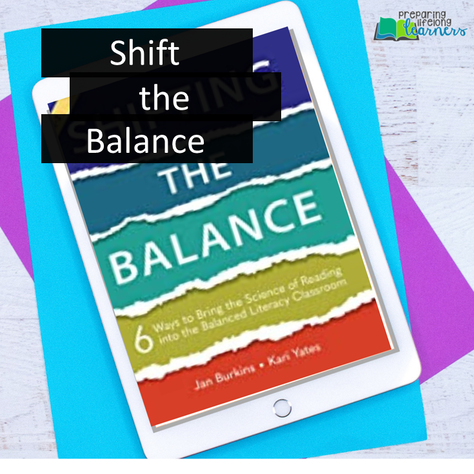
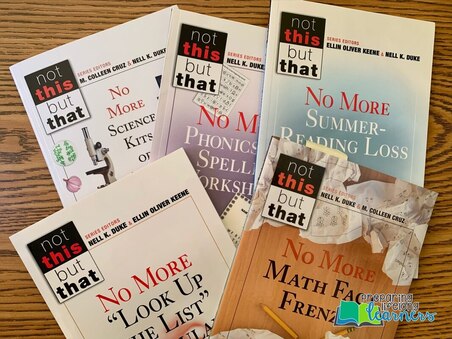
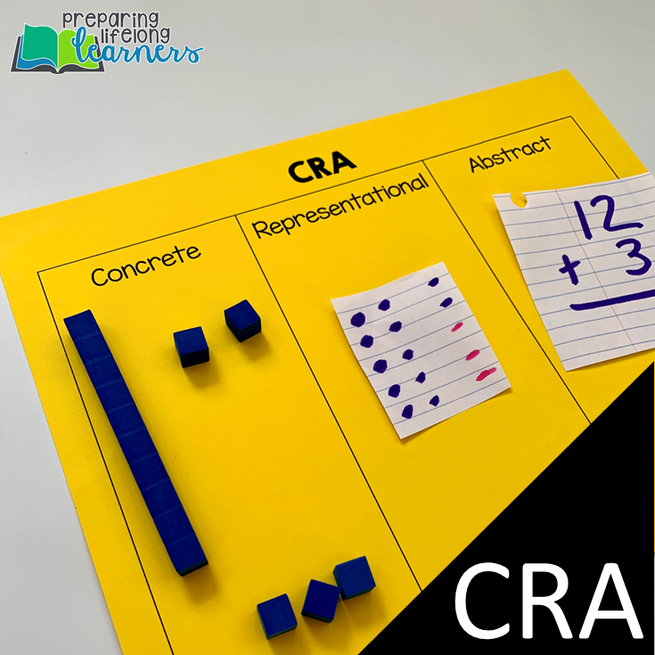
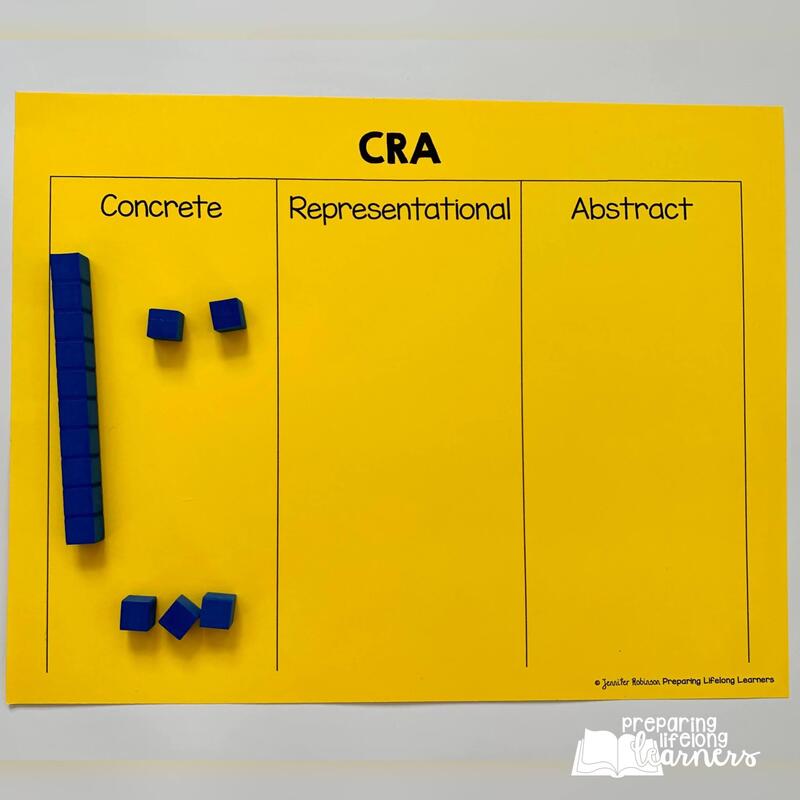
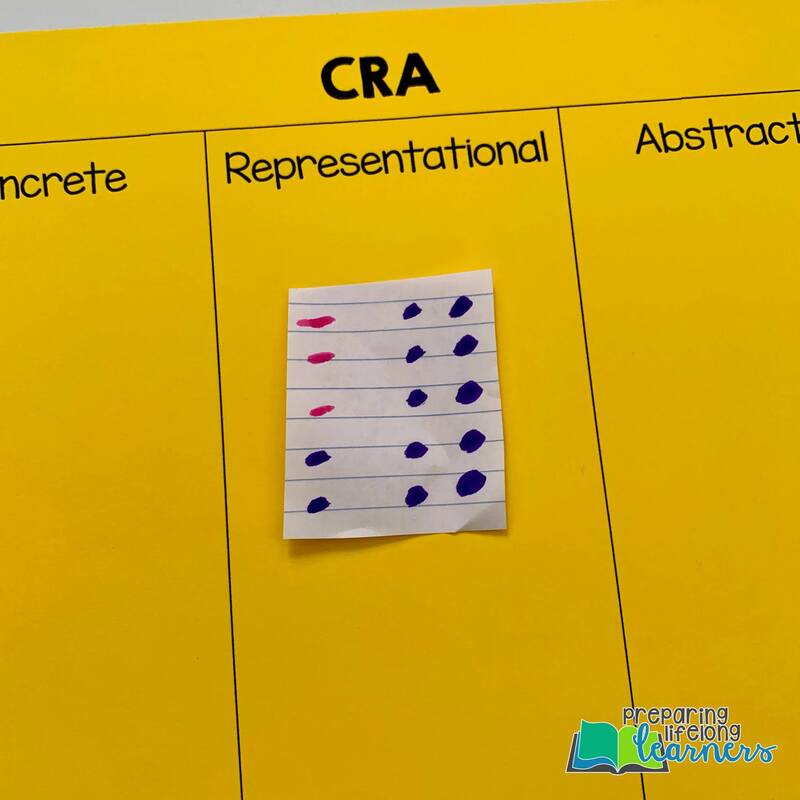
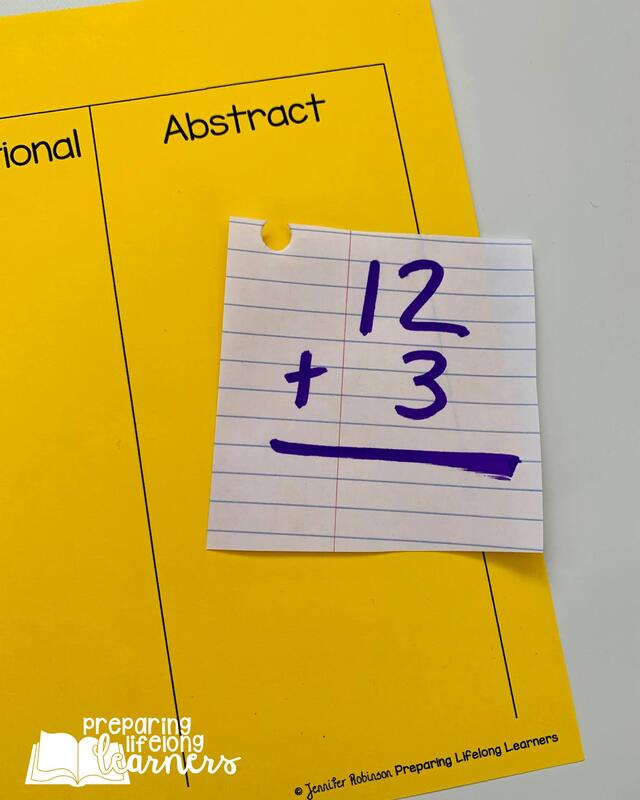
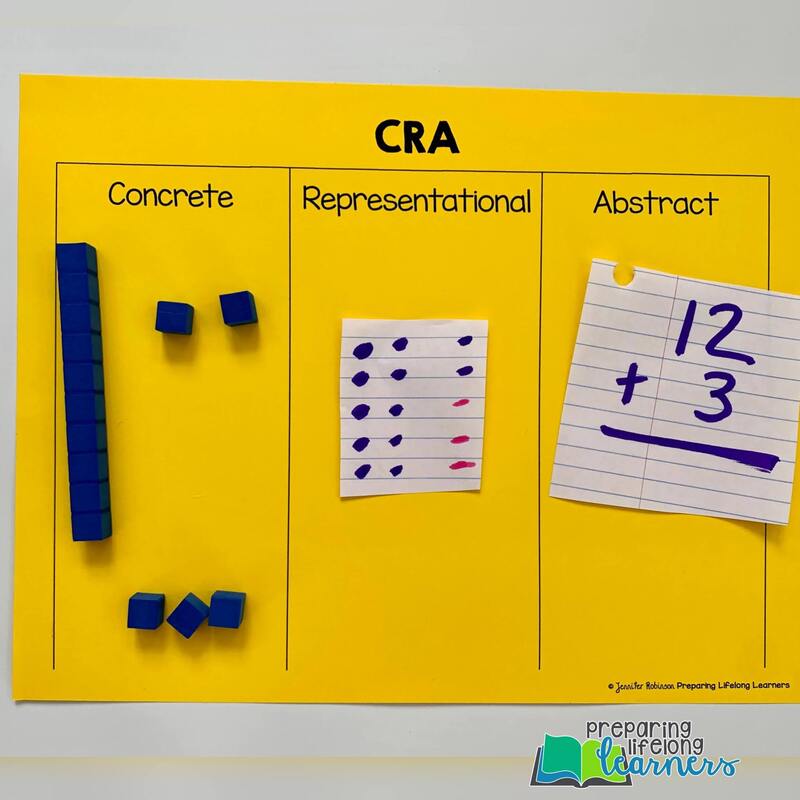
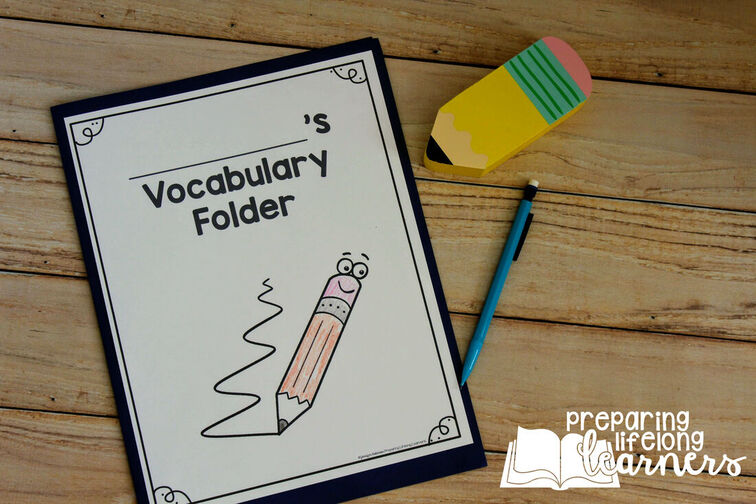
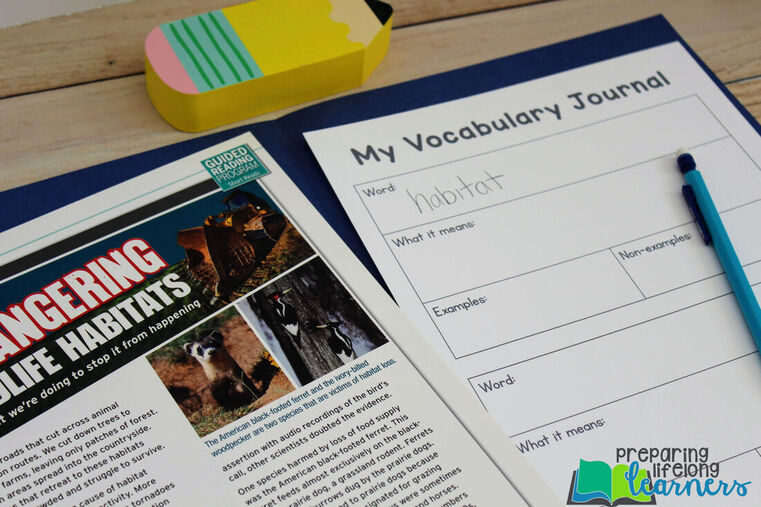
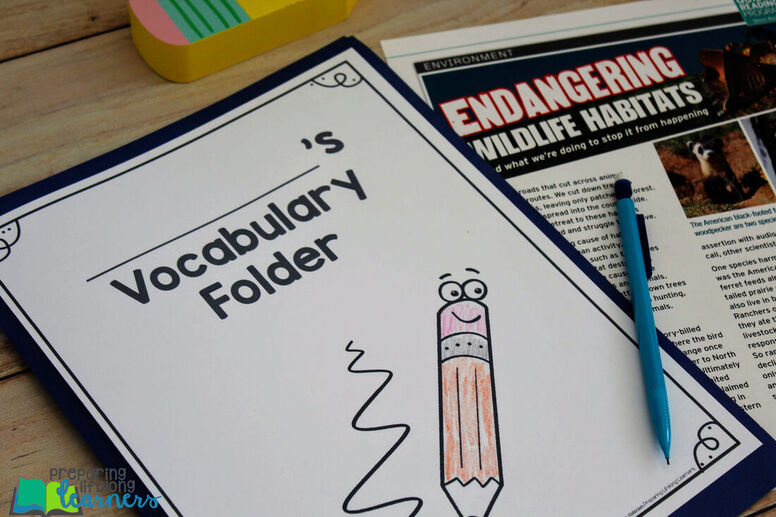
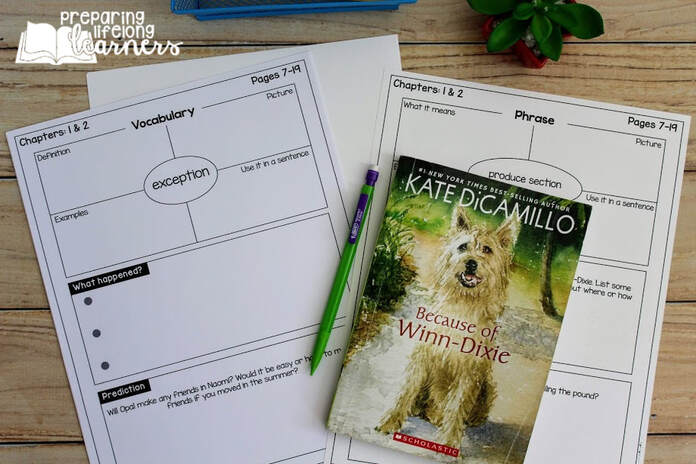
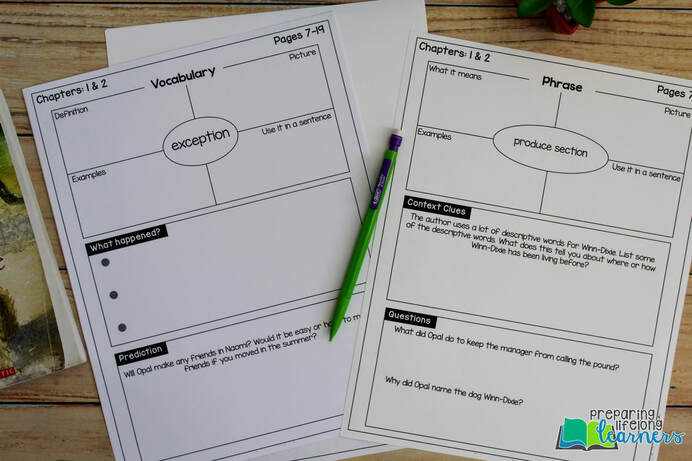
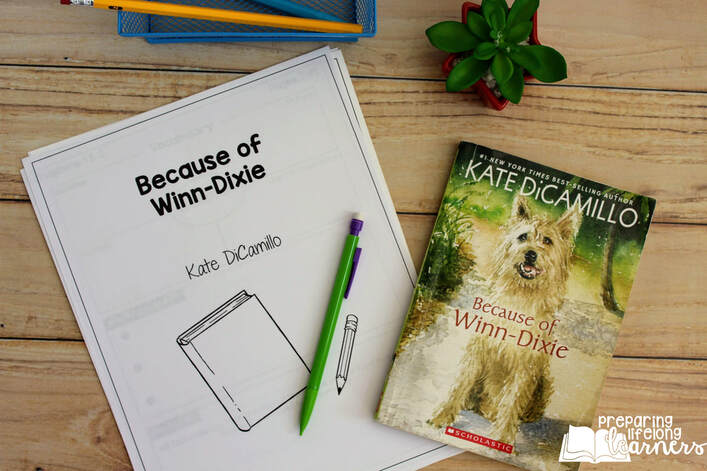
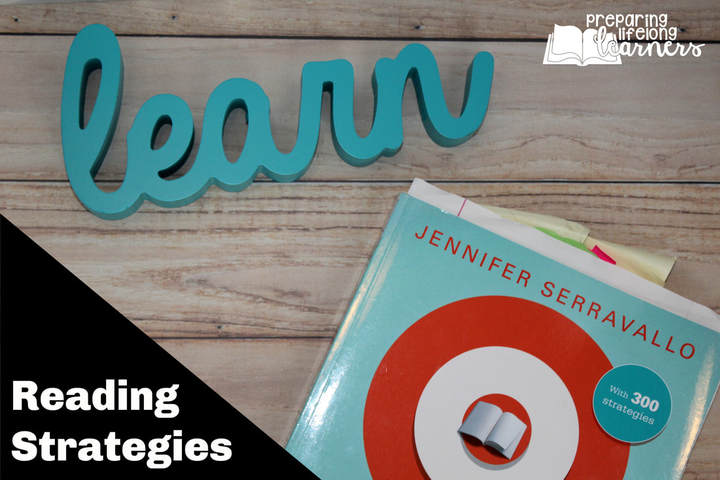
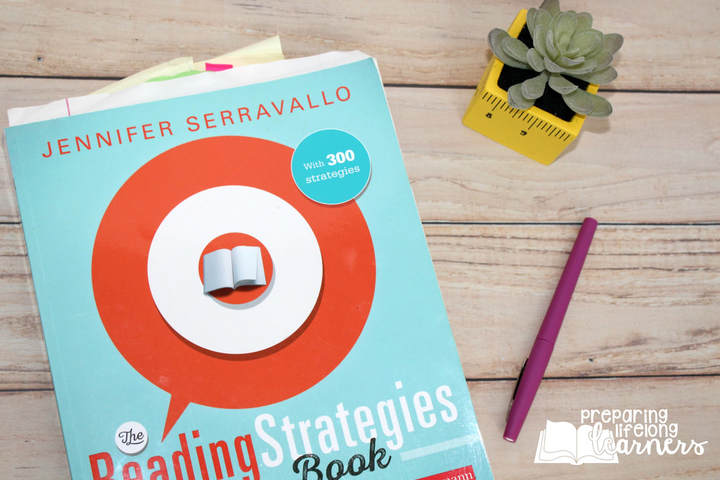
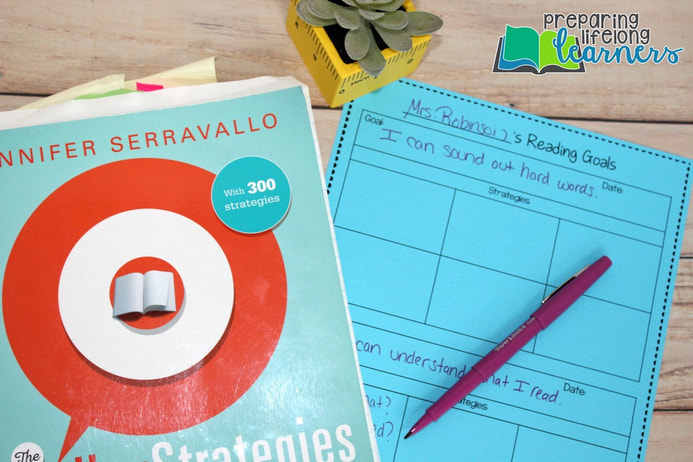
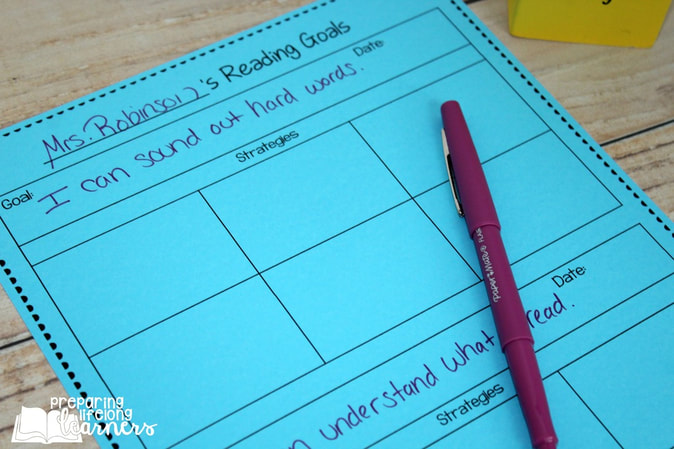


 RSS Feed
RSS Feed